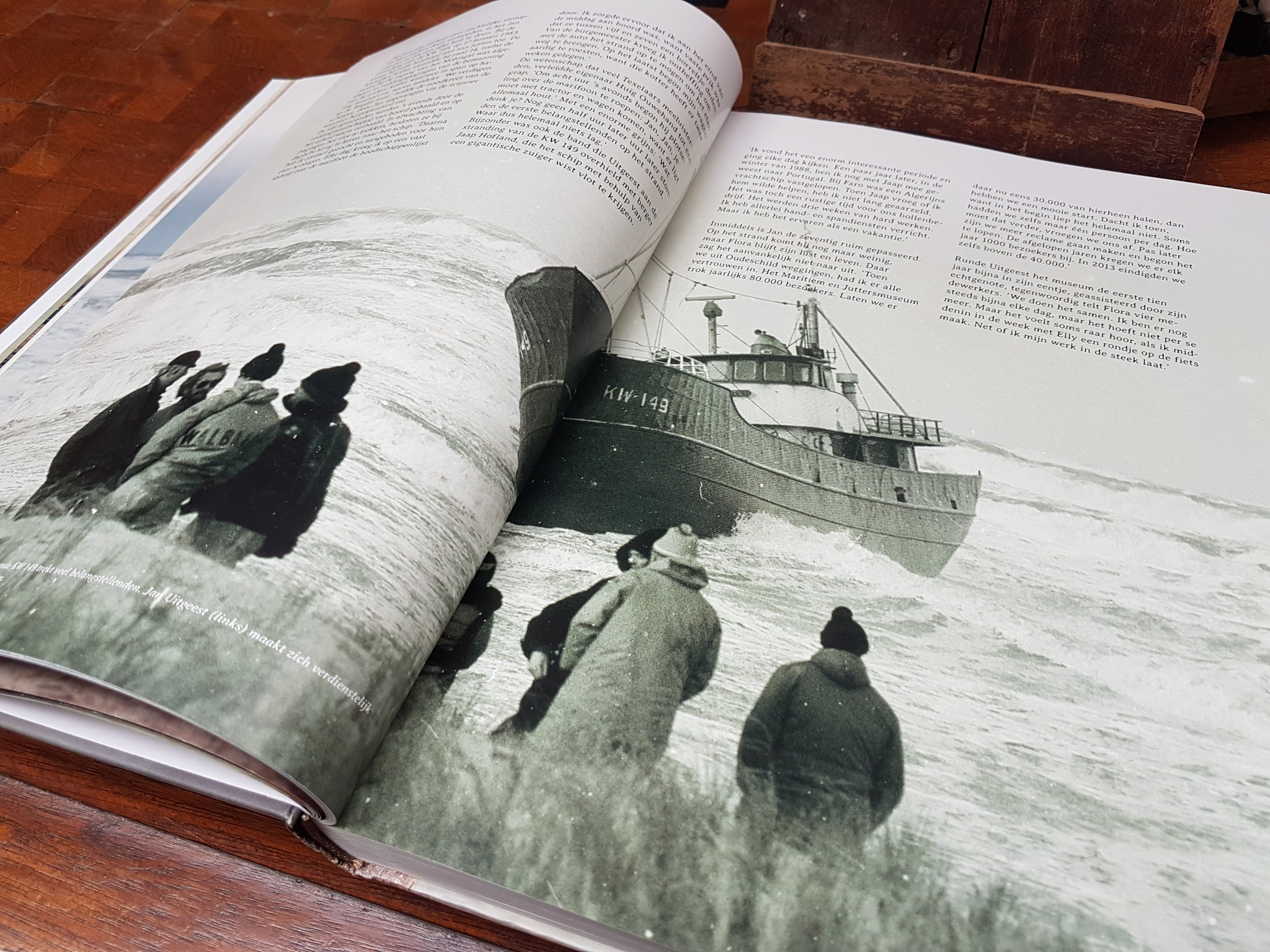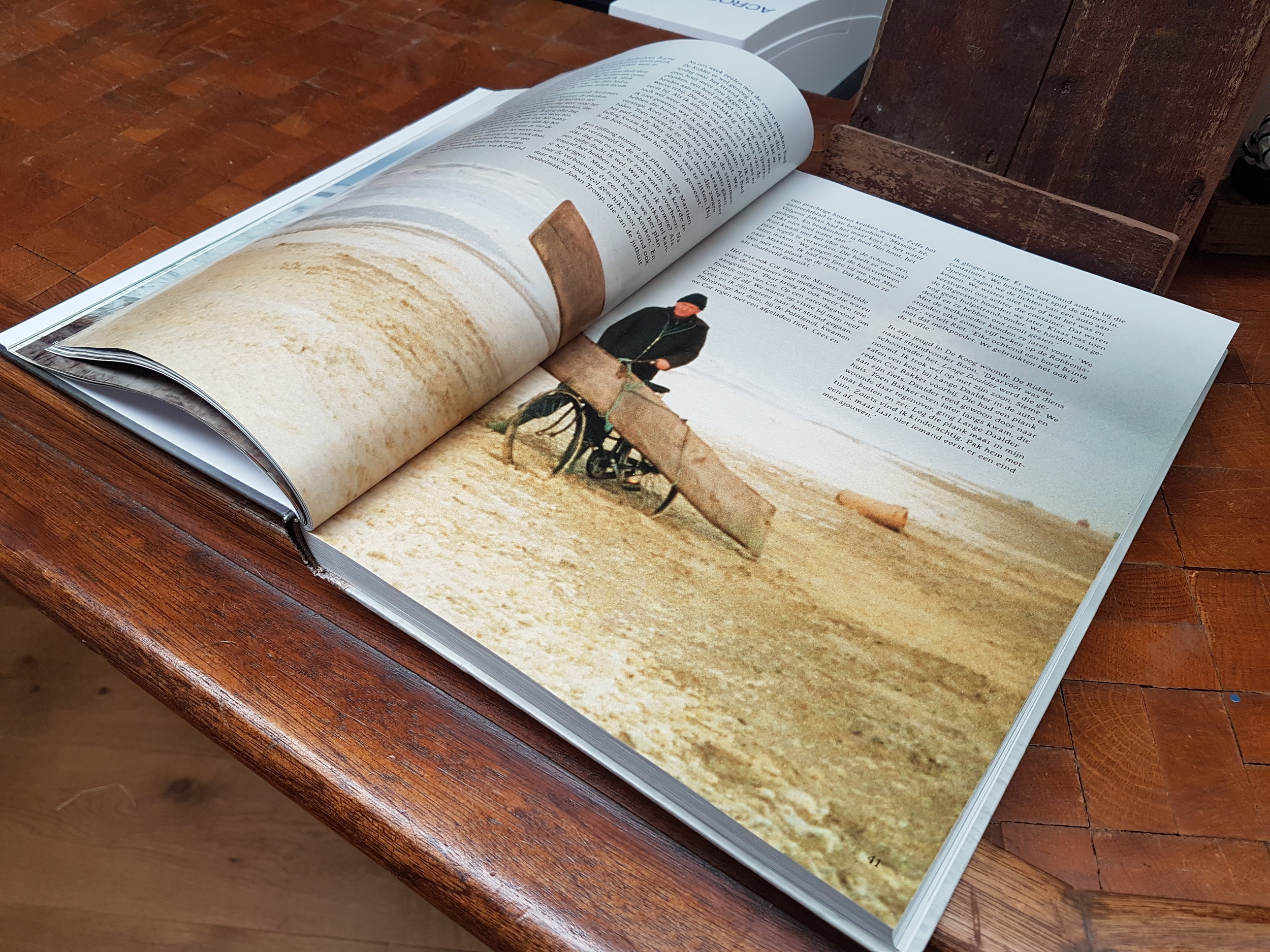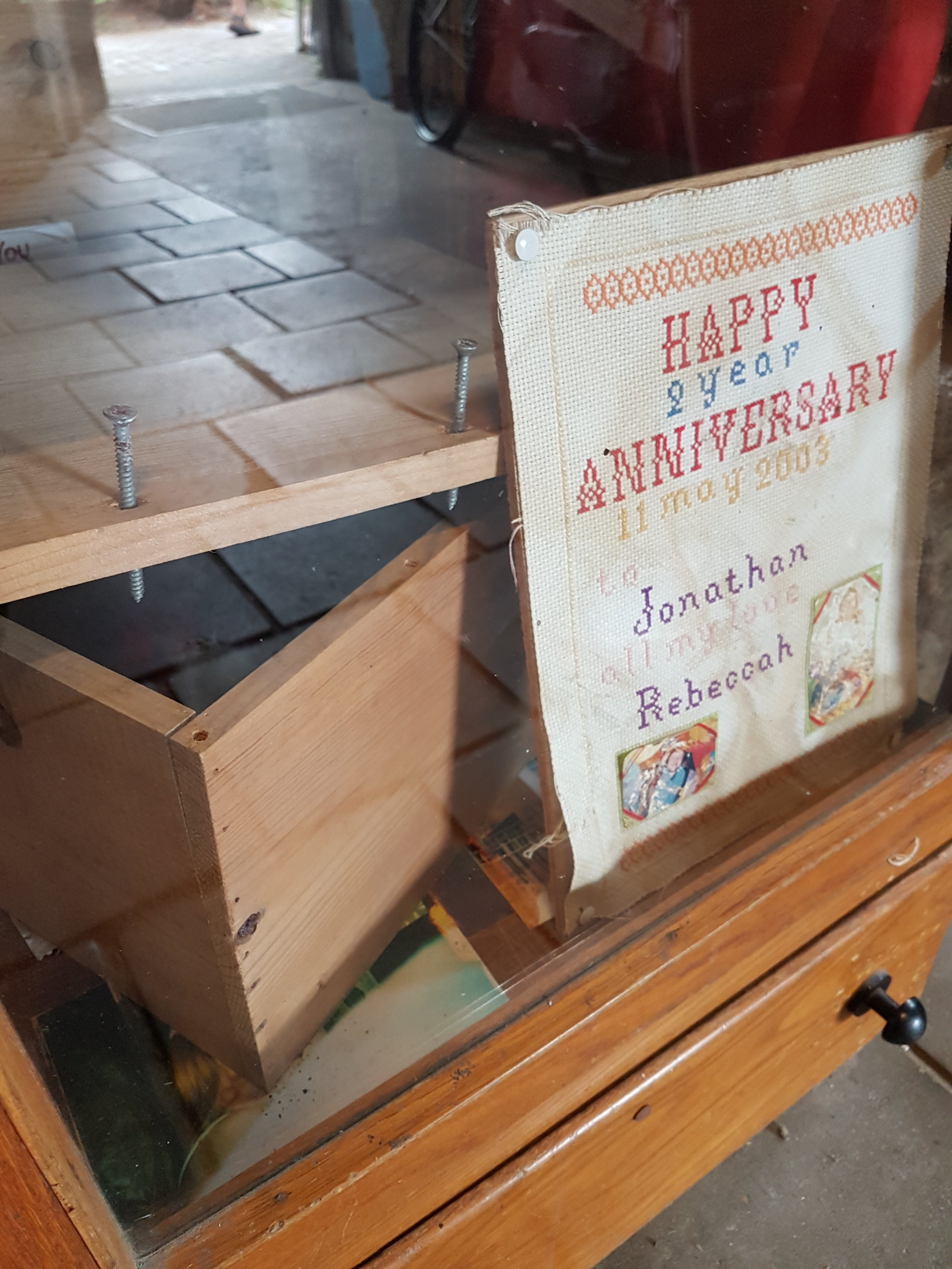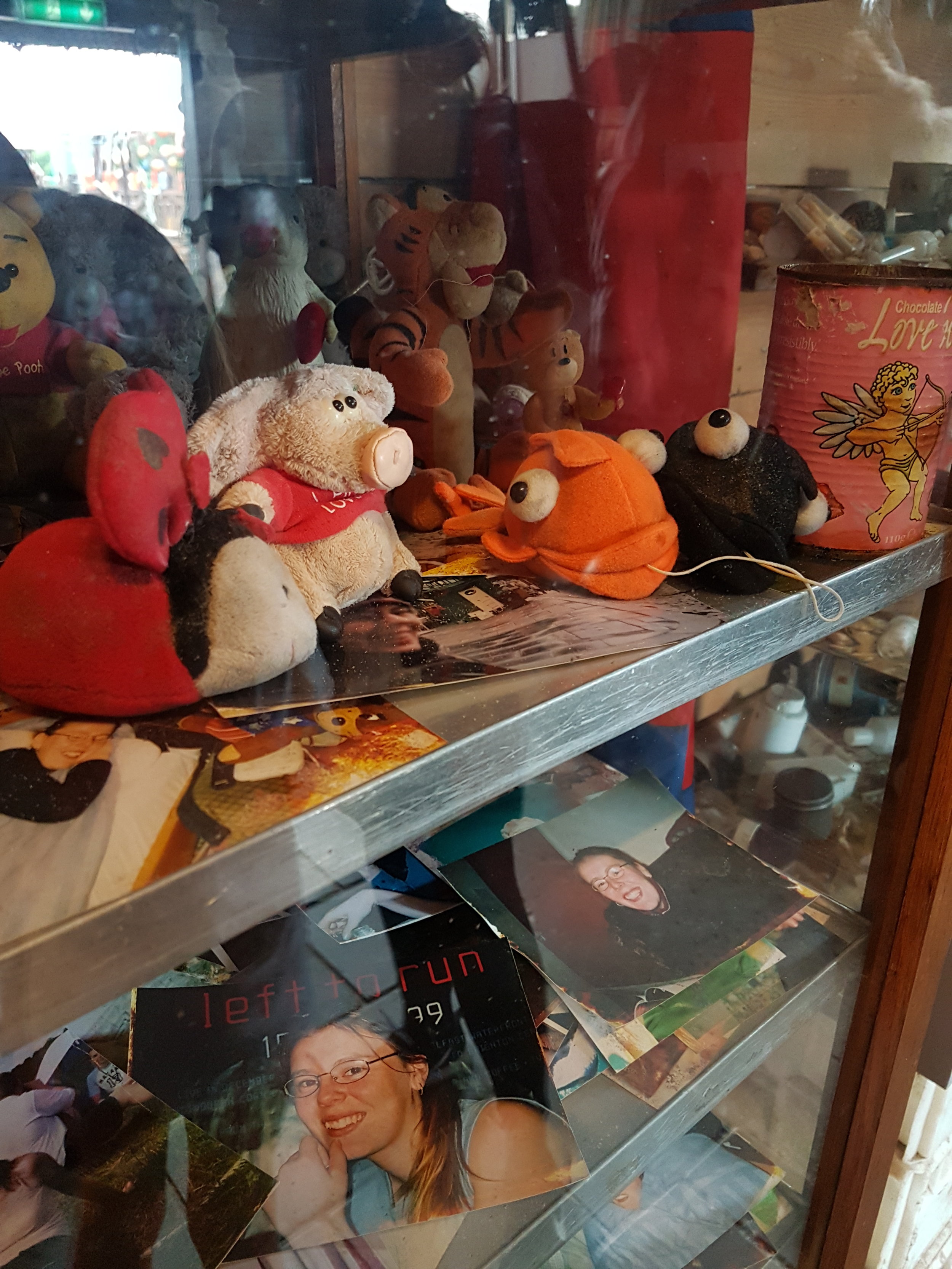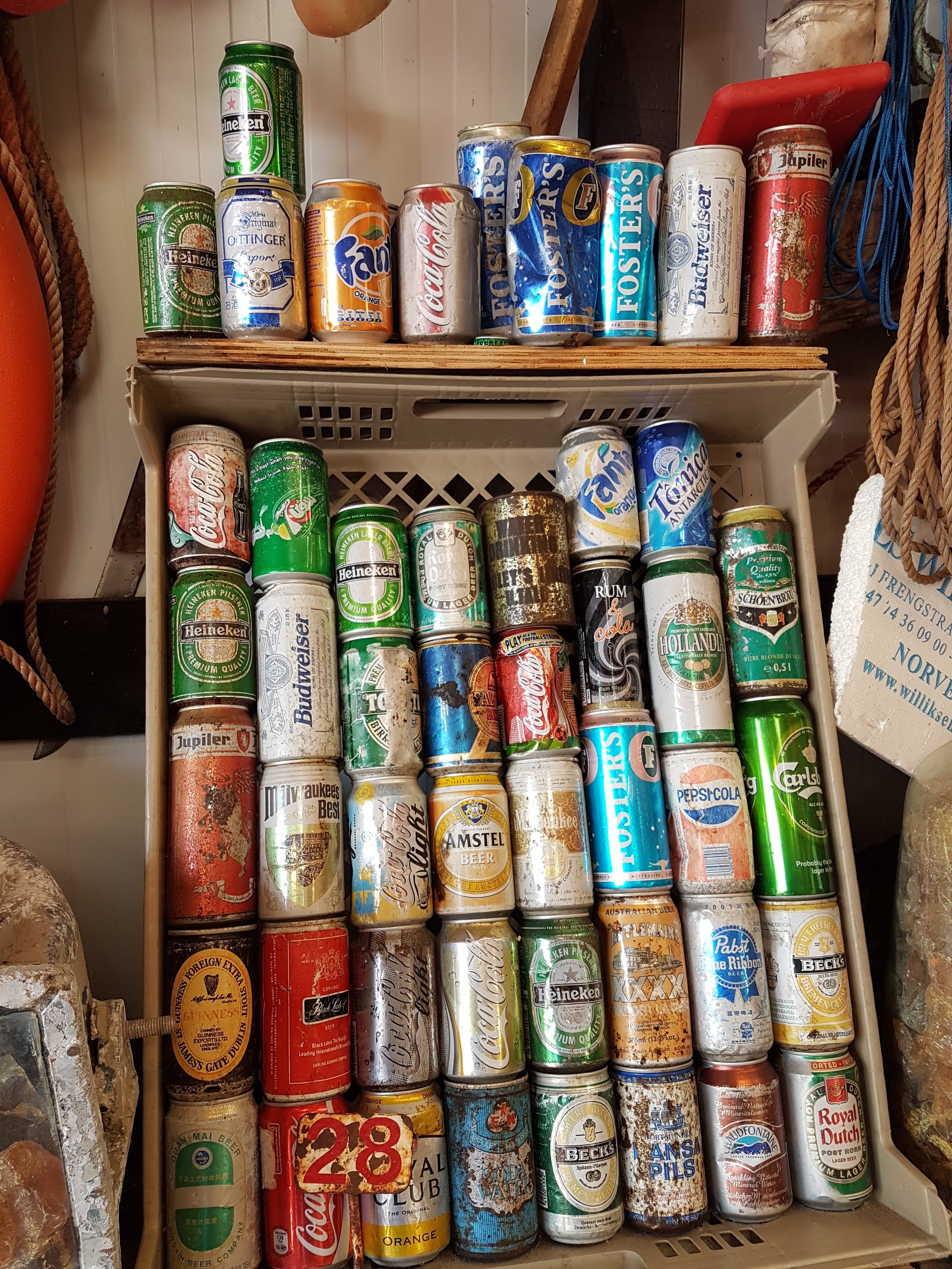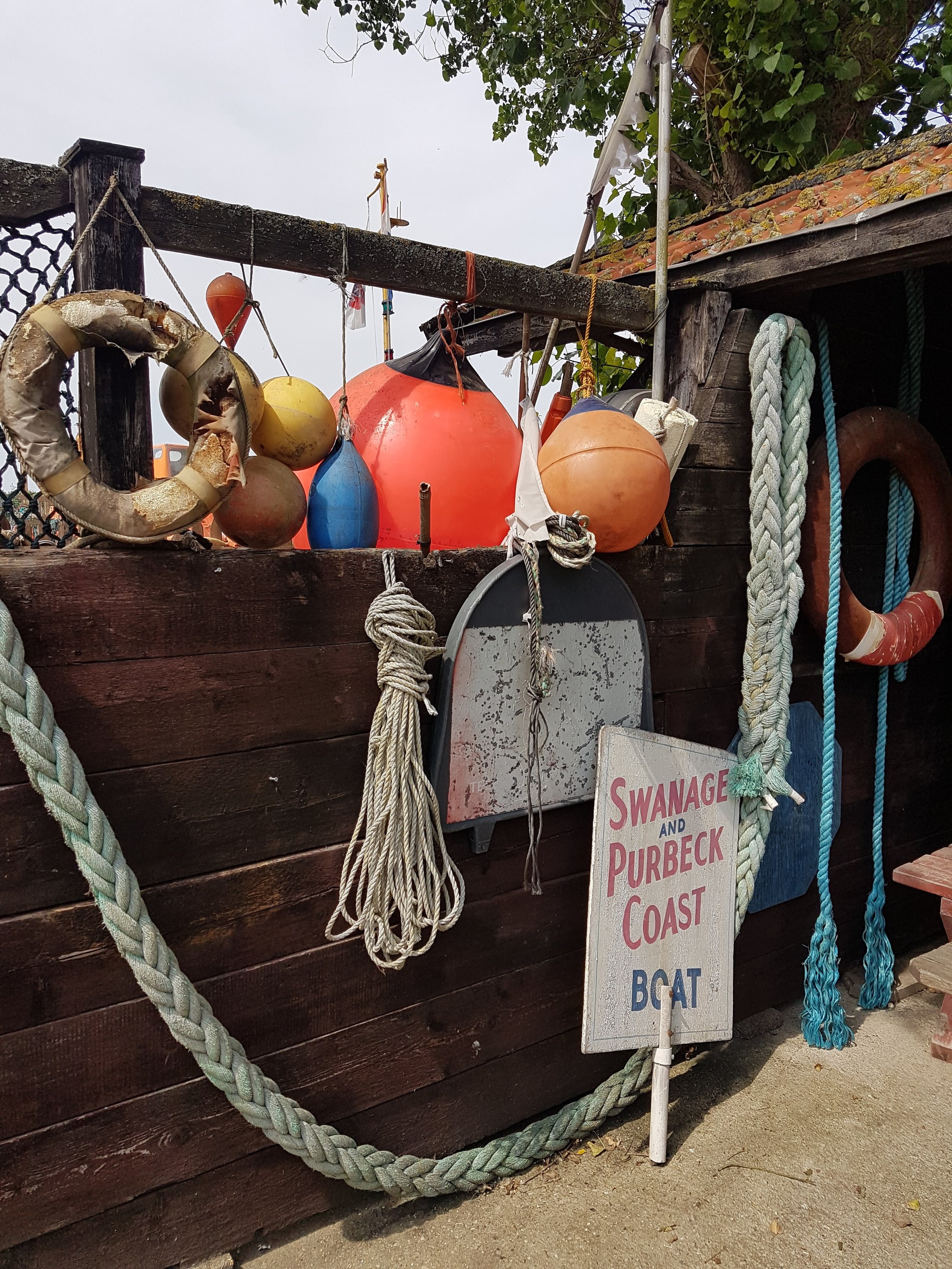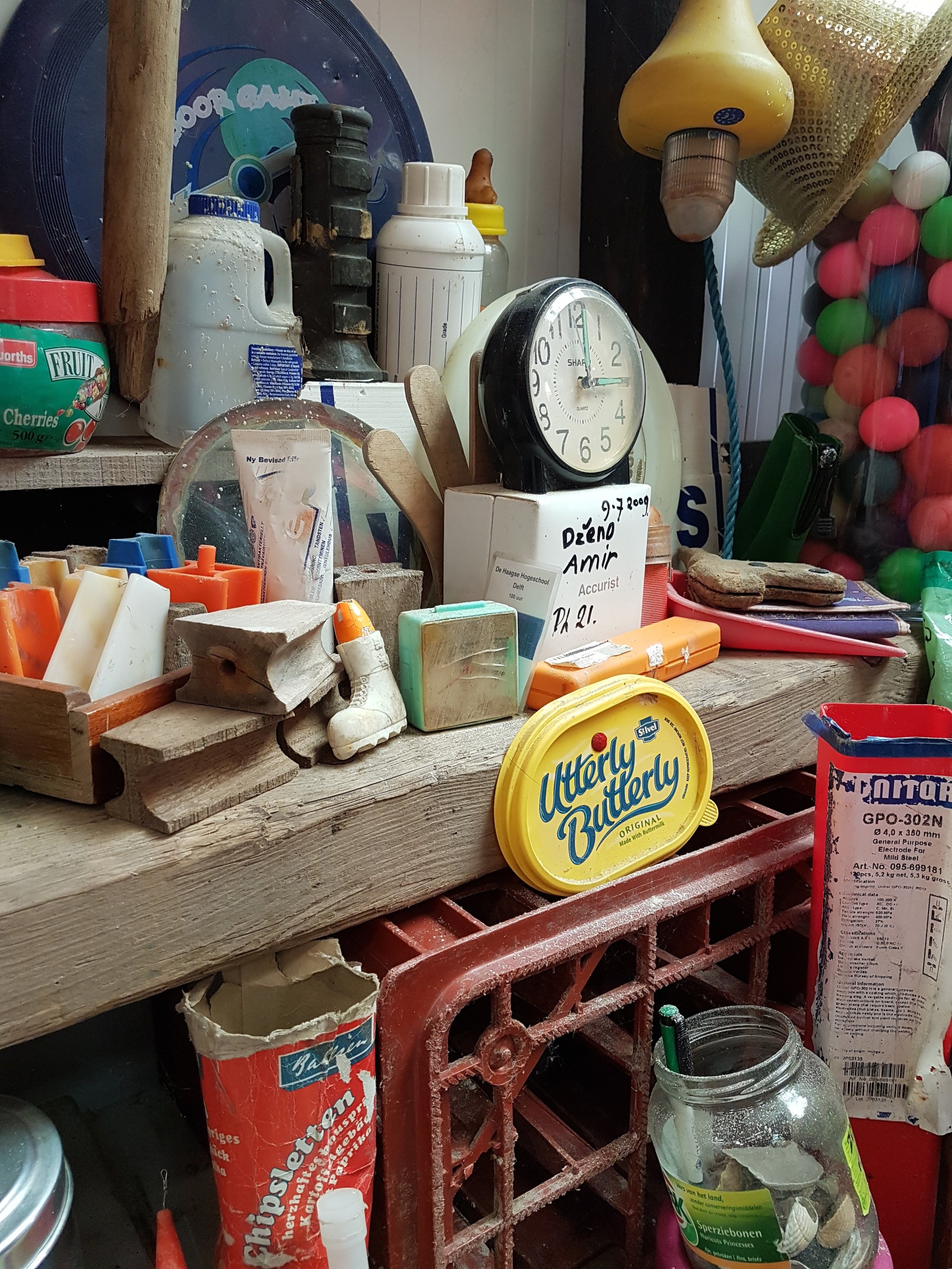Texel - the largest Dutch Wadden Island.
In the province of Noord-Holland, not too far from the Dutch mainland is Texel, the largest of the five Dutch Wadden islands.
“At around 25 miles long and seven miles wide, Texel is the largest and southernmost of the Wadden islands, dividing the North Sea from the shallow inshore waters of the Wadden Sea. In the 17th and 18th centuries, up to 3,000 ships gathered at what was called the “Texel Roads” to await winds north to the Baltic or south to France, Spain and England. And though turbines and steel have replaced sail and timber, the sea lanes around Texel still provide grist for the jutters.
Over 2,000kg of sea-offerings are cast up on Texel’s shores each day. Rich pickings for someone with an eye on the currents, a knowledge of the beaches plus an ear on news from out at sea. ”
I've been wanting to visit Texel for a while now, after being inspired by its location and overall geographical appearance, from my University days when I would spend hours, as a Geographer, learning all about the effects of ocean currents, coastal erosion, plant species and habitat structure found in established coastal sand dunes.
Probably, not to everyone's 'cup of tea', but for me, I found it all pretty fascinating stuff and so this new learning lived long in my memory. Therefore, since moving to the Netherlands, Texel was a place I'd looked at on a map, pondered about cycling to, but always looked forward to seeing it for myself one day.
The Lighthouse at the end of the island, near to De Cocksdorp. A perfect landscape feature, surrounded by a wonderful headland and coastline.
I really enjoyed my time here. It is very accessible and well worth the visit.
Of course, it is a pretty big island and it is varied, catering for all types of visitors. From nature lovers, after some peace and quiet. Families ready to enjoy the beautiful stretches of sandy beaches or visitors simply looking to soak up the atmosphere found in the many restaurants, cafes and shops, along the tourist trail.
In this blog post, I could begin to share some thoughts and information about all the great attractions we visited during our stay, but I'm not a travel agent, so for this particular blog I would prefer to focus on perhaps a little-known location that actually was the inspiration for me wanting to visit this place.
Now, apart from my superhero tendencies and generally being an all round 'good guy' I am, in fact (as eluded to above) a Geographical Nerd. With that said, this is a term I don't very often label myself with, but physical Geography has always been my passion and when I find something geographical exciting, well... flipping heck, I get excited!
The Ship Wreck and Beach Combing Museum has always been my draw. Many years ago, I had seen it on an interesting TV programme on BBC 2, called Coast.
I used to really like it and if you have not seen the programme before, it was a programme telling the story of the British Isles, through its wonderful and diverse coastline, the people and the many historical stories that surround it.
I have provided a link in the written section above, but if you are reading the blog from outside of the UK, then you might need to be able to access the clip, due to restrictions.
Alternatively, I managed to find another clip on Youtube, which can be viewed below. It is equally a great clip, that helps to depict the story of the Jutters.
During the particular 'said' episode, the presenters made the short hop over to the Netherlands, to see how the Dutch are the pioneers when it comes coastal and water defences and the stories behind 'keeping the North Sea at bay'. It also showed a small section that focuses on the island of Texel.
After watching it, it fascinated me and set my interest alight, as it not only appealed to my geographical interests and the consistently changing landscapes and overall natural beauty found here, but also the many personal stories that were told alongside it.
Photo of Jan Uitgeest found hanging proudly on the wall, of the museum.
The programme focused on a local man, Jan Uitgeest, who lived on Texel and was the owner / founder of the museum. He was also part of a wider network of beachcombers, who would be found wandering the exposed beaches of the western coastline, finding and gathering up the remains of washed up treasures, that have been so often swallowed by the sea.
The musuem, found close to the coastal village of De Koog, is also called 'Flora' and according to beachcombers on Texel, Flora is the first and biggest beachcombers' museum in the world. It is indeed a very fascinating place and I was pretty delighted when I had the opportunity to go and visit, to pay homage to this unique place.
At the heart of the museum exhibition, there is a colourful collection of objects that have been washed up on the beaches of Texel over the last 75 years. Many of which are from the UK or the wider English Channel, maybe even the Atlantic. This is all down to the ever changing patterns of strong ocean currents, that are found in the North Sea. The museum is quite captivating and you should be prepared to be very surprised by the large number of crazy, comical, fun and special items discovered on the Texel shores.
Some of the many items reclaimed can be found in the outside courtyards. The courtyards house some really large items, that make for interesting viewing.
Some of the many special objects that you will see here are big and are therefore housed in the large outside, courtyard areas. These treasures were first discovered and then recovered by Texel's North Sea fishermen; they include anchors, buoys and oars and even complete aircraft engines.
Wandering around the museum got me thinking where these many items once started their journey. From names found on the items, some have travelled long distances and some from close by. I was drawn and captivated by the messages found in bottles. There were many, housed on a series of shelves and all of them had a unique and personal story written inside probably all with the intention of one day being found and then read.
Being inspired by something similar, I tried it once, with my sister, while playing on the beach in France. As young kids, we thought it would be a great idea to draw a picture and then write a short message, to see where it would eventually end up. We hoped that once cast out into the sea, we'd eventually get a reply and then plot the final destination on a map of the world. Sadly, with all good intentions we never actually got the reply we'd so wished for. Needless to say, for all I know, it could be still out there somewhere, floating in the sea...
With that said, many of these unique treasures, hold great personal stories. After chatting and declaring a my interest in the museum, the very kind gentlemen, who were working during my visit, wanted to take time out in order to show me some interesting artefacts and explain a little more about them.
The book front cover. A beautiful design, that makes you want to simply read on.
More pages from the book can be seen below.
I was lucky enough to see the book that was written about the beachcombers and it further explained more about this unique and wonderful story. It was a well written book, that had personal accounts and beautiful photography. It focused on the individuals that made this vision or dream a possibility.
Now... my Dutch is still work in progress, but I was able to read and understand a little of the book and genuinely gauge a real understanding of their overall enthusiasm and interest when combing the beach and sands of Texel.
I personally thought the book was beautifully put together and it would certainly inspire anyone with similar interests to complete a book this way. A wonderful blend of good photography and fabulous personal stories from all of the Jutters, living on or close by the island.
Another fascinating story that is retold within the museum. In 2005 a 'love box' was found, washed up on the beach and it stands as a great example of simply how fabulous this place really is. The love box, was found after being washed up on the sand following a storm. It was a brilliant discovery and inside the large sealed wooden container, was a box containing many memories and a whole lot of love.
It also signified the key elements to the very personal story of two young lovers, who shared a relationship, for some time, somewhere in the UK.
Like all lessons in life, something happened in the relationship, dreams were dashed and the two lovers drifted apart. Dealing with the break up, the boy then decided to put all the memories from this part of his life behind him, by placing them in a box, in the hope of seeking some sort of closure to this particular chapter in his life.
This box of memories was put together and then cast into the sea with the probable intention of it never being seen again or perhaps one day luckily being discovered, somewhere in another part of the world.
In this case, it was washed up on the beaches of Texel, just north of De Koog and then found by a beachcomber. On discovering the box, it was then subsequently reopened and the personal treasures seen for the first time on foreign shores.
Now, the box of love holds pride of place in the museum with perhaps no real knowledge or contact from the couple involved, knowing that their memories now form and integral part of the museum. It retells a great story and through the voices of the workers at the museum, you could sense the great pride in such a valuable discovery.
Many other items caught my eye, some big, some small. One such item was a UK Public Footpath post marker, which once marked a public right of way in England. The one in question, standing upright in the outdoor collection, was from a UK coastal path and probably fell foul to the strong seas and powerful coastal erosion from the North Sea that so often batters the East Coast of England.
It fell into the sea, as the land became weak and slipped away to then float and follow the natural currents that would lead it to be washed up, many miles away.
I took a walk from the beach and through the dunes one evening. The light was fantastic and it allowed me to capture some really incredible photography on my Smartphone. Unfortunately, it wasn't all perfect, as the wide open spaces can lead to a lack of subject. This poor lady must have thought I was a little mad, or perhaps even a stalker... as I followed her back to where I was staying, attempting to use her to be a subject within my photography.
Other than my fascination with coastal sea patterns and currents the dunes are massively impressive here too. We were located during our stay very close to the National Park Duinen Van Texel. In fact our Landal stay was right amongst it.
The Lighthouse at near to De Cocksdorp, signifies the end of the island, an amazing landscape feature and a brilliant place to visit.
In my geographical world, dunes are pretty fascinating natural features. Their existence is so important to not only to our existence, but here in the Netherlands, important in the sense of providing a natural barrier to keep the water away from the land.
All along the Dutch coastline you will find large swaiths of coastal dunes. In Texel, you have a spectacular national park. On the exposed western coast of Texel it is undoubtedly another pearl of the natural Dutch landscape. The dunes make up the western part of Texel, on the southern tip of De Hors to the northern tip to the stunning lighthouse at De Cocksdorp. It is a diversified landscape with wet dune valleys and dry dunes, forests, moors and marshes unique to De Slufter.
The dune area is pretty remarkable and it is a great place to wander and explore.
Here you can walk and enjoy nature excursions and see a great range of wildlife from spoonbills, gulls in their nests, rare plants, rabbits or prey hunting. While staying here I managed to catch a glimpse of a Lospolende Katten, like the one I caught a glimpse of, one morning, while making a cup of tea.
The dunes provide a natural barrier from the sea and without them, probably the land would eventually flood and might even be submerged for good. These extensive sands also provide the perfect barrier for any washed up debris from the sea thus providing the perfect opportunity for any beachcomber to comb the sand for treasures like those found and housed in the museum.
Thank You
For reading my latest blog post and of course reading my personal take on things. I really enjoyed my time on the Island of Texel, as it was somewhere I have looked forward to visiting for a while now. One day, I hope to go back and enjoy it once again, hopefully by bike, with the option of visiting more of the Wadden Islands, by boat and pedal power. So, just watch this space...
Big thanks
Gareth
#placestowanderandexplore
Further reading: 12 Best Things To Do In The Netherlands
Social Media






